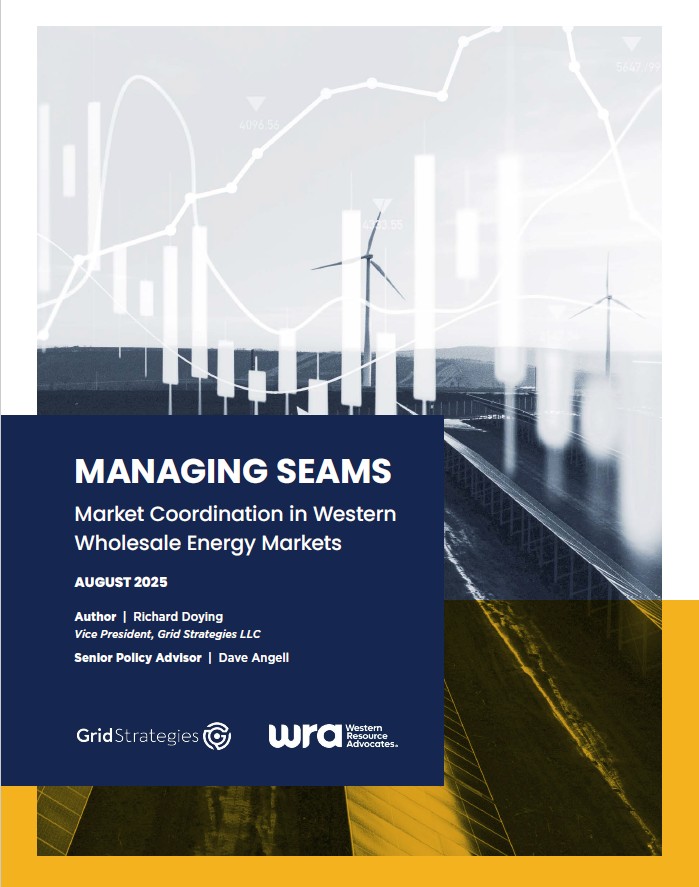For more than a century, electricity systems in the West have been compared to a patchwork quilt, a hodgepodge of independent market traders, some that span entire states and some that control only small footprints. All of this is about to change, but not necessarily in the direction of a unified, West-wide energy market. With advancements in how disparate energy markets can connect, come new and complex challenges. Chief among these are seams: borders between differing energy markets that, if managed properly, will ensure utilities will have greater access to low-cost energy resources, improved ability to manage conditions that can stress the grid, and transparency into the decision making to restore any grid imbalances without impeding market operations.
But without cooperation between numerous market trading parties, seams can result in significant setbacks – and can even defeat the advantages of utilities joining regional transmission organizations (RTOs) and day-ahead markets. Seams can result in a less reliable system and may adversely impact energy and capacity trading, energy reserve sharing arrangements, resource adequacy programs, resource and transmission expansion, and the cost of meeting public policy goals, such as reducing greenhouse gas emissions.
This report evaluates the direct impact of market seams and actions that must be taken by those who facilitate the market and are responsible for grid operation, including market operators, balancing authorities, reliability coordinators, and transmission operators, to protect reliability and mitigate the negative commercial impact of seams. The report also highlights indirect impacts, such as downstream financial impacts to operating reserve sharing and resource adequacy programs or impacts to resource or transmission planning processes, and offers numerous recommendations to address and mitigate these challenges.


